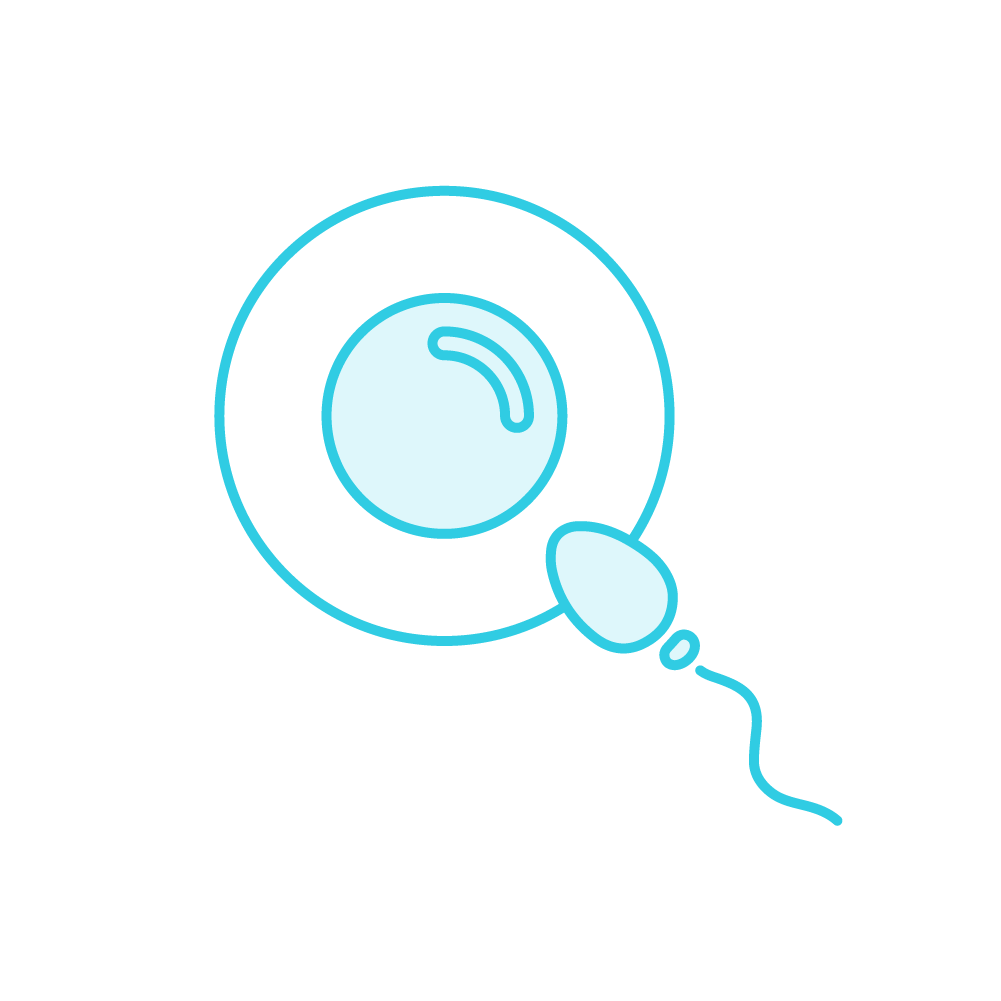First-line examination
SPERMOGRAM: a fundamental examination
Second-line examination
The detection of sperm abnormalities leads to additional diagnostic, prognostic and therapeutic examinations.
1 SCROTAL ULTRASOUND
Scrotal ultrasound is a painless examination performed by a radiologist.
It assesses the correct positioning of the testicles in the bursa, as well as their volume and appearance. It also studies the epididymides, which cover the heads of the testicles.The main focus is on tumoral, inflammatory or obstructive pathologies that may be responsible for sperm abnormalities.
It is complemented by a DOPPLER examination to look for varicocele, varicose dilatation of the testicular veins.
2 HORMONE ASSAYS
Certain hormone assays may be prescribed in the event of sperm abnormality, especially if the patient also has libido or erectile function problems.
Typically, FSH and testosterone levels are measured. If these initial results are abnormal, further tests will be carried out.
3 CARYOTYPE
4 OTHER GENETIC TESTS
- Testing for Y chromosome microdeletion
The Y sex chromosome has a region of interest or locus on its long arm called AZF (Azoospermia FACTOR). This region itself comprises 3 sub-regions: AZFa, AZFb and AZFc. Microdeletions or loss of very small portions of genetic material in these areas cause major abnormalities in spermatogenesis.
AZFc microdeletions are the most common and lead to marked oligospermia or azoospermia.
AZFb microdeletions cause azoospermia with blocked spermatogenesis.
AZFc microdeletions cause azoospermia without any stem cells; this is the SERTOLI cell-only syndrome.
AZF microdeletions are de novo genetic anomalies, i.e. they are not inherited.
However, male children born by MAP to fathers carrying a Y microdeletion will themselves be carriers of this anomaly.
- Testing for CFTR gene mutations
Mutations in the CFTR gene (cystic fibrosis gene) are systematically sought in patients with congenital absence of the vas deferens responsible for excretory azoospermia.
In the event of a mutation, the partner should be tested for this anomaly, and the couple should receive genetic counseling to assess the risk of cystic fibrosis for the offspring.


